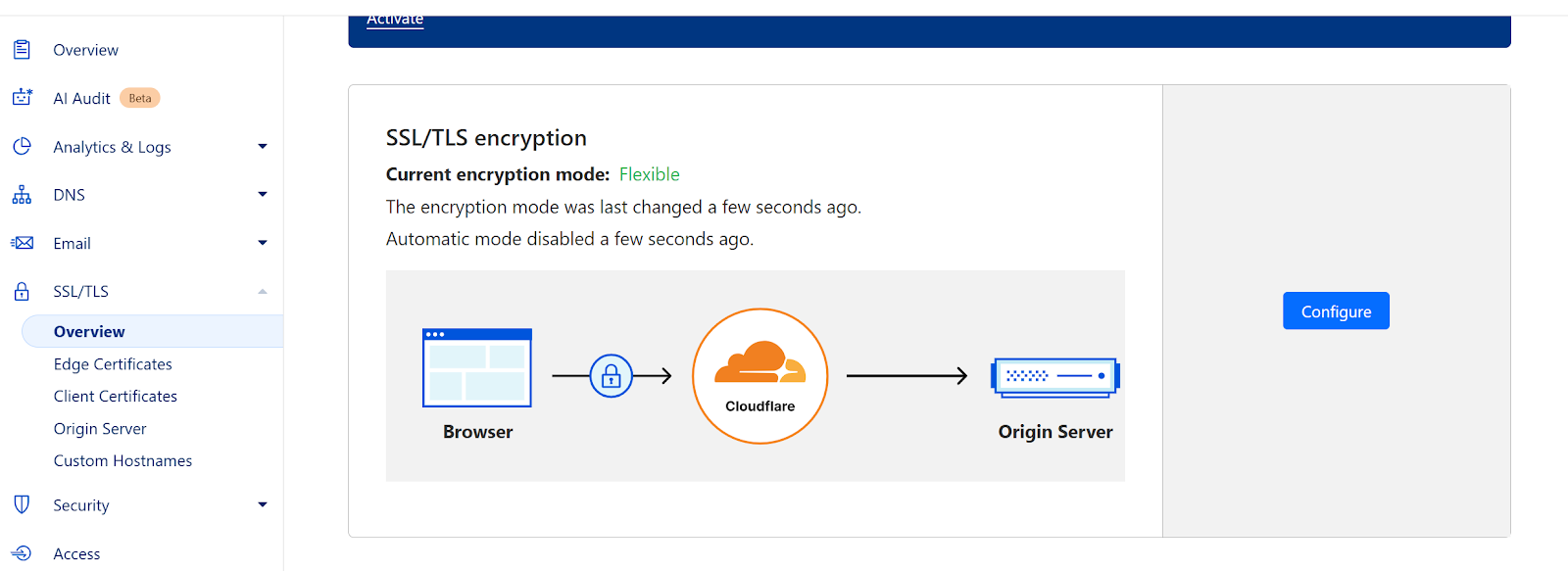This page isn’t working If the problem continues, contact the site owner. HTTP ERROR 526
The error you're seeing — HTTP ERROR 526 — typically indicates a SSL/TLS handshake failure between Cloudflare (a CDN and security service) and the origin server that hosts the website. Essentially, this means the secure connection couldn’t be established properly. Let’s break down what might be happening and how to fix it.
🔍 What does HTTP ERROR 526 mean?
-
Cloudflare connects securely to your server using HTTPS.
-
Cloudflare expects a valid SSL/TLS certificate on your server (origin).
-
If your server’s SSL certificate is misconfigured, expired, or missing, Cloudflare can’t establish a secure connection.
🔧 How to troubleshoot
1. Check your origin server’s SSL certificate
-
Make sure it’s valid and not expired.
-
Ensure it covers the domain/subdomain Cloudflare is trying to connect to.
-
Make sure it’s not a self-signed certificate unless Cloudflare is set to allow that (e.g. Full SSL mode with self-signed).
2. Check Cloudflare SSL/TLS settings
-
Log into your Cloudflare dashboard.
-
Navigate to SSL/TLS > Overview.
-
You’ll likely see “Full” or “Full (Strict)” SSL mode.
-
Full (Strict) requires a valid certificate on the origin server.
-
Full allows self-signed certificates but still requires an SSL cert to exist.
-
If you’re using Flexible SSL, that’s usually not recommended — but HTTP 526 only occurs on Full or Full (Strict).
3. Adjust SSL mode if needed
-
If your server uses a self-signed certificate, choose Full (not Strict).
-
If your server has a valid certificate from a trusted CA (Let’s Encrypt, etc.), then Full (Strict) is preferred.
4. Inspect your server configuration
-
Make sure your web server (Apache, Nginx, etc.) is listening on port 443 and has SSL/TLS enabled correctly.
-
Look at your server logs for any TLS handshake errors or certificate errors.
🔨 What’s next?
If you’re the site owner:
✅ Verify your SSL certificate on the origin server.
✅ Confirm that the SSL mode in Cloudflare matches what’s on your server.
✅ Check that ports 443 (HTTPS) and 80 (HTTP) are open and reachable.
If you’re a visitor:
⚠️ There’s not much you can do besides contacting the site owner.








Tidak ada komentar:
Posting Komentar